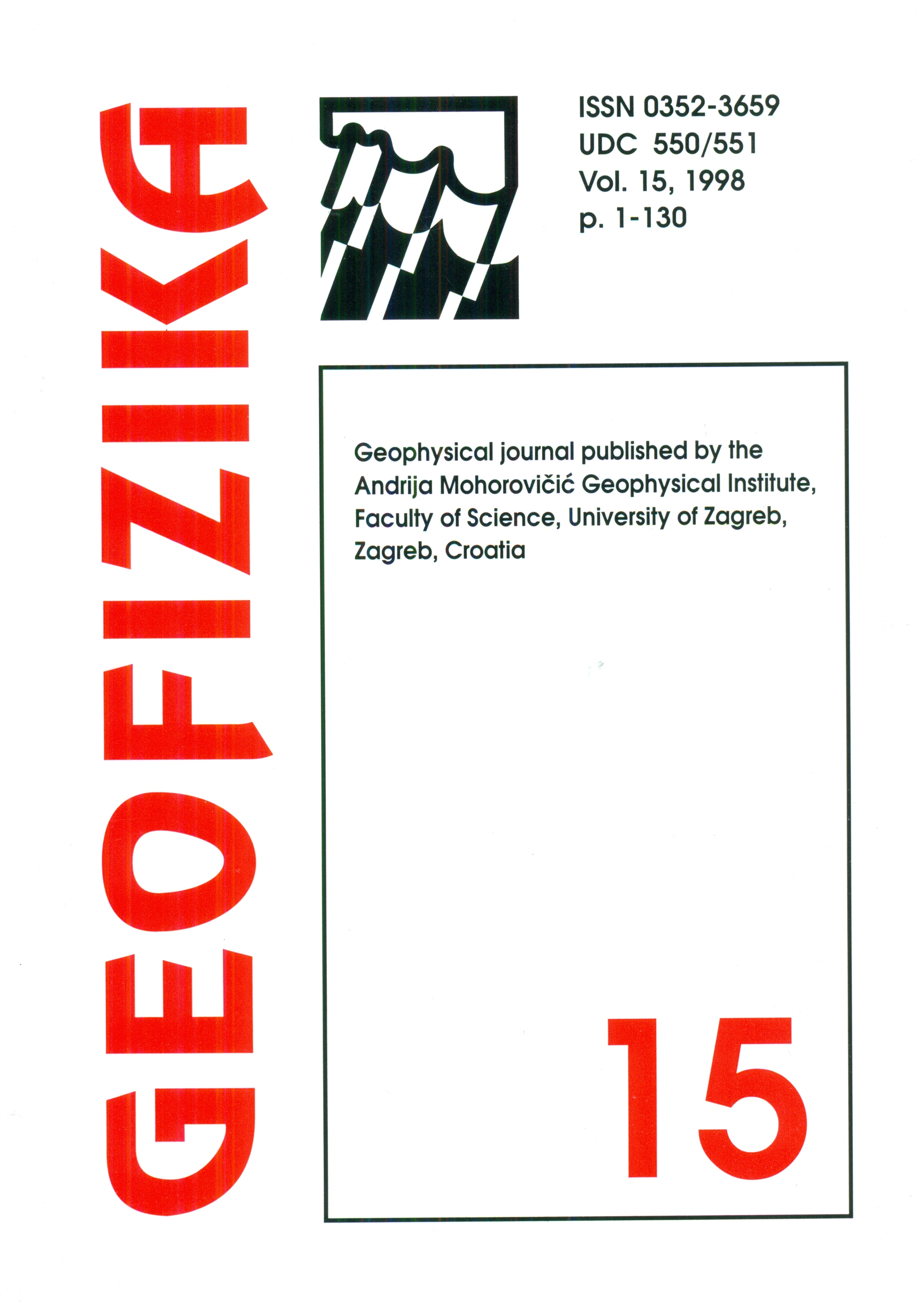Spectral characteristics of earthquakes along plate boundaries
Keywords:
Seismic moment, corner period, principle of self-similarity, stress drop, focal mechanismAbstract
Earthquakes are investigated with epicentres located along divergent and along convergent plate boundaries. Two criteria are applied in order to distinguish between earthquakes featuring anomalous “long-periodic” and “short-periodic” radiation of body-waves: 1) deviation of the corner period Tc of the P-waves from the regression between Tc and the moment magnitude Mw; and 2) the values of stress drop Ds.
It is found that earthquakes along divergent boundaries radiate the seismic energy mainly at longer periods, and, vice versa, that such along convergent boundaries radiate energy mainly at shorter periods. The average stress drop for the former earthquakes is estimated thereby to be 33 bars and for latter – 89 bars.
In a regional scale, for earthquakes in the Japan-Kuril area it is found that the corner periods for strike-slip events are larger than those for thrust events. The results confirm the findings of investigations based on the creepex distribution along divergent and convergent boundaries, as well as the findings related to the dependence of creepex on the source mechanism.
Downloads
Published
Issue
Section
License
Copyright (c) 2021 Geofizika journal

This work is licensed under a Creative Commons Attribution-NonCommercial 4.0 International License.

